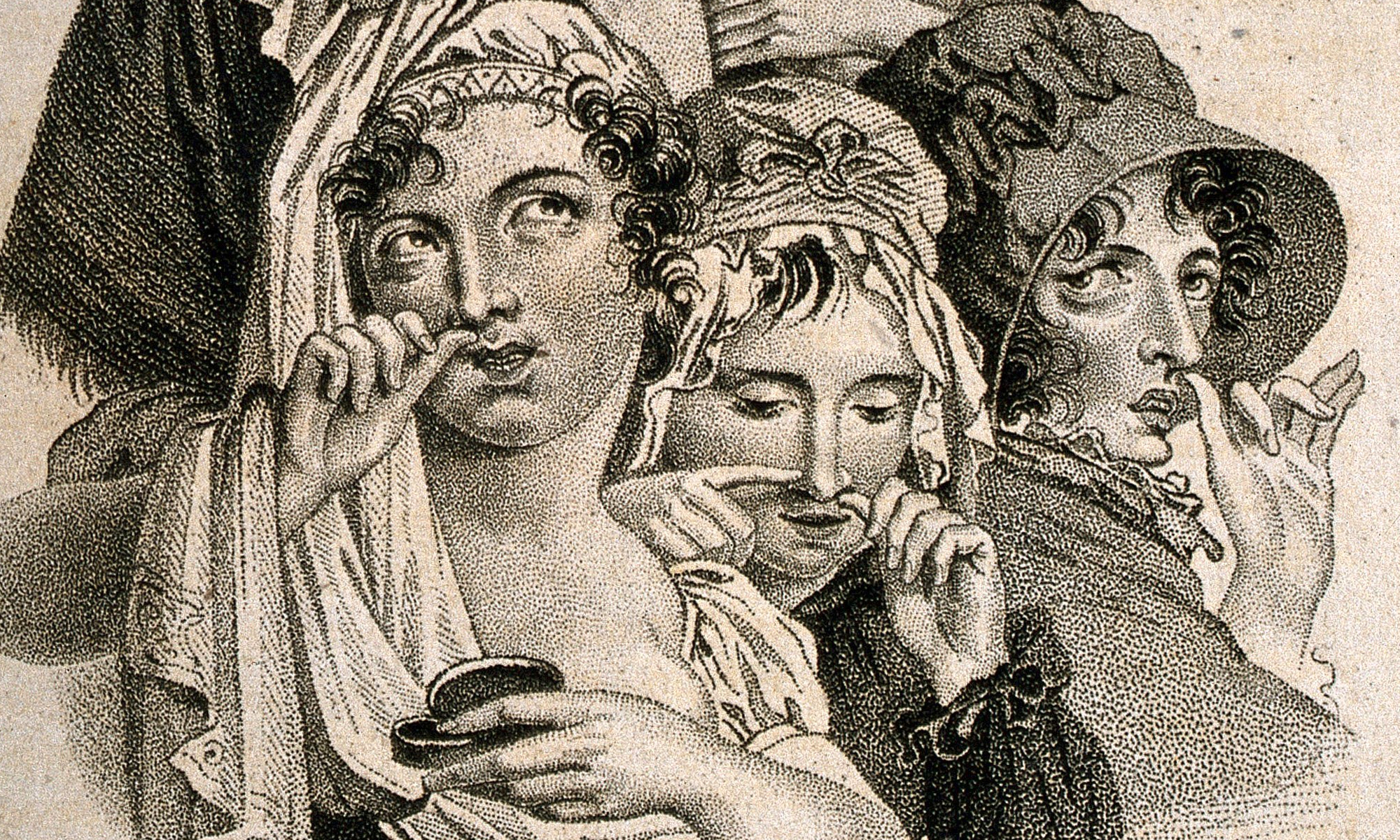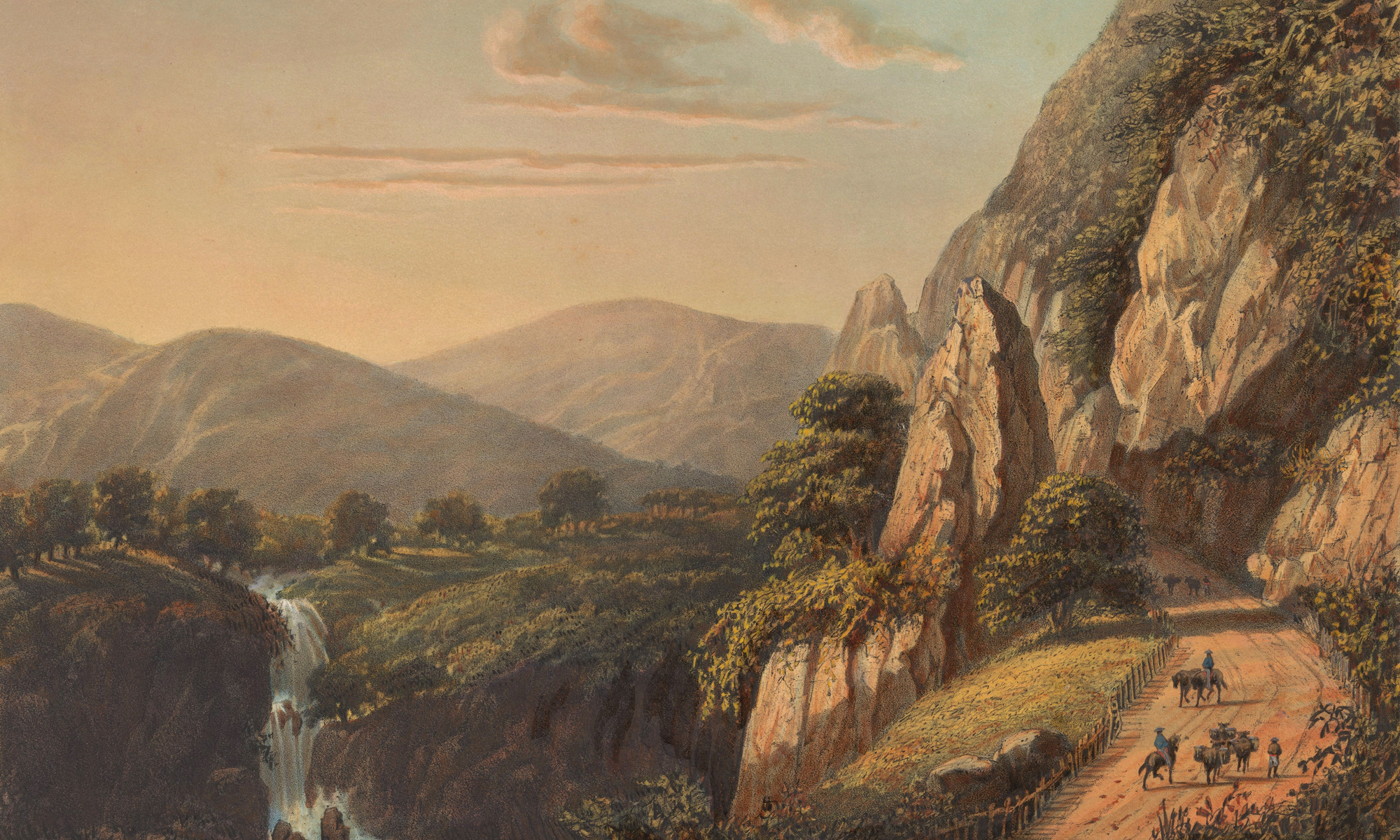In the first part of my PhD thesis, I explored how Douwe Egberts, one of the largest Dutch producers of coffee and tea, used images of factories and cultivation landscapes in their advertising campaigns between 1900 and 1950. By applying the semiotic insights of Roland Barthes, and theories of visual archetypes formulated by art historian Ernst Gombrich, I examined each marketing image on four levels. Firstly, I determine what their objective characteristics were, such as colours and techniques. Secondly, I analysed what subjects were foregrounded in these images. This differed depending on the type of environment depicted; for example, factories were often shown with many smoking chimneys, included numerous means of transport and carriers, and had captions such as ‘steam roasting factory’. Images of coffee and tea cultivation landscapes, meanwhile, often included palm trees, sweeping hills, and identifiably non-European figures and buildings. In the last category, the entire commodity chain – almost every step between the cultivation and consumption of coffee – was depicted.
Continue reading “The Nineteenth-Century Coffee Commodity Chain: Representation and Reality”

